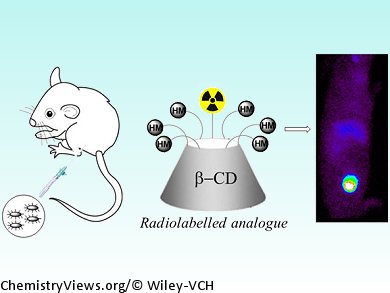Bacterial adherence is an initial and critical step in pathogenesis that allows host recognition and prevents bacteria from being washed out by the immune system. For example, urinary tract infections (UTIs) are among the most common and resilient bacterial infections. They are generally caused by uropathogenic Escherichia coli (UPEC), which express type 1 pili on their surface. These pili are essential for bacterial adhesion to host cell receptors and, therefore, represent an attractive target for the design of antibacterial agents.
n-Heptyl α-D-mannoside (HM) has previously been identified as an antagonist able to prevent Escherichia coli adhesion to host cells. Julie Bouckaert, Sébastien Gouin, and colleagues at the Université Lille, France, Vrije Universiteit Brussel, Belgium, Université de Picardie Jules Verne, and L’Université Nantes Angers Le Mans, both France, have developed a one-pot click method to graft HM epitopes on to the hydroxy moiety at the 6-position of either one (monovalent) or each (heptavalent) of the α-D-glucose units of azido-functionalized β-cyclodextrin (β-CD) cores. This method allows for bifunctional β-CDs to be obtained directly, without requiring the modification of specific sites.

These functionalized β-CDs were assayed in vivo in a mouse model. The heptavalent complexes significantly reduced UTI after 24 h and at around 100-fold lower doses than the monovalent complexes or free HM. They were shown to capture and aggregate living bacteria in solution, reducing the initial number of bacteria able to adhere to and invade bladder epithelial linings.
The long retention times of the β-CD HM derivatives in the body, at concentrations sufficient to inhibit bacterial adhesion in the bladder, make these antagonists suitable drug candidates against UTIs by single-shot intravenous administration. They may also be of interest for the treatment of other infections involving type 1 piliated E.coli.
- Heptyl α-D-Mannosides Grafted on a β-Cyclodextrin Core to Interfere with Escherichia coli Adhesion: An In Vivo Multivalent Effect,
Julie Bouckaert, Zhaoli Li, Catarina Xavier, Mehdi Almant, Vicky Caveliers, Tony Lahoutte, Stephen D. Weeks, José Kovensky, Sébastien G. Gouin,
Chem. Eur. J. 2013.
DOI: 10.1002/chem.201204015



